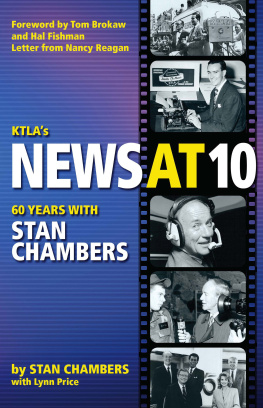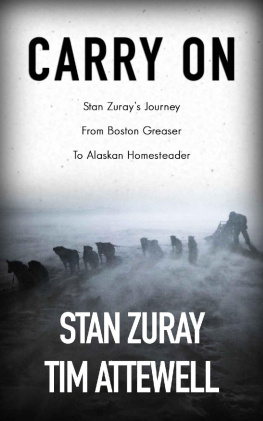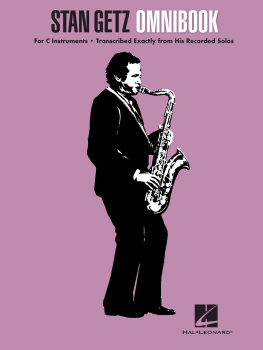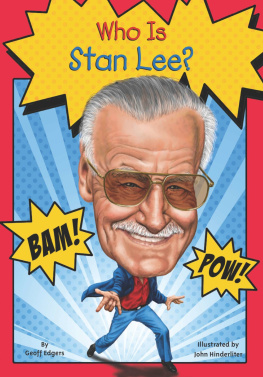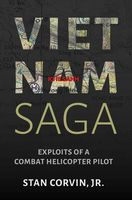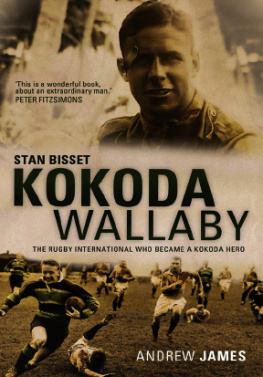Fingeroth - Marvelous Life: The Amazing Story of Stan Lee
Here you can read online Fingeroth - Marvelous Life: The Amazing Story of Stan Lee full text of the book (entire story) in english for free. Download pdf and epub, get meaning, cover and reviews about this ebook. publisher: Macmillan, genre: Detective and thriller. Description of the work, (preface) as well as reviews are available. Best literature library LitArk.com created for fans of good reading and offers a wide selection of genres:
Romance novel
Science fiction
Adventure
Detective
Science
History
Home and family
Prose
Art
Politics
Computer
Non-fiction
Religion
Business
Children
Humor
Choose a favorite category and find really read worthwhile books. Enjoy immersion in the world of imagination, feel the emotions of the characters or learn something new for yourself, make an fascinating discovery.

- Book:Marvelous Life: The Amazing Story of Stan Lee
- Author:
- Publisher:Macmillan
- Genre:
- Rating:5 / 5
- Favourites:Add to favourites
- Your mark:
- 100
- 1
- 2
- 3
- 4
- 5
Marvelous Life: The Amazing Story of Stan Lee: summary, description and annotation
We offer to read an annotation, description, summary or preface (depends on what the author of the book "Marvelous Life: The Amazing Story of Stan Lee" wrote himself). If you haven't found the necessary information about the book — write in the comments, we will try to find it.
Fingeroth: author's other books
Who wrote Marvelous Life: The Amazing Story of Stan Lee? Find out the surname, the name of the author of the book and a list of all author's works by series.
Marvelous Life: The Amazing Story of Stan Lee — read online for free the complete book (whole text) full work
Below is the text of the book, divided by pages. System saving the place of the last page read, allows you to conveniently read the book "Marvelous Life: The Amazing Story of Stan Lee" online for free, without having to search again every time where you left off. Put a bookmark, and you can go to the page where you finished reading at any time.
Font size:
Interval:
Bookmark:
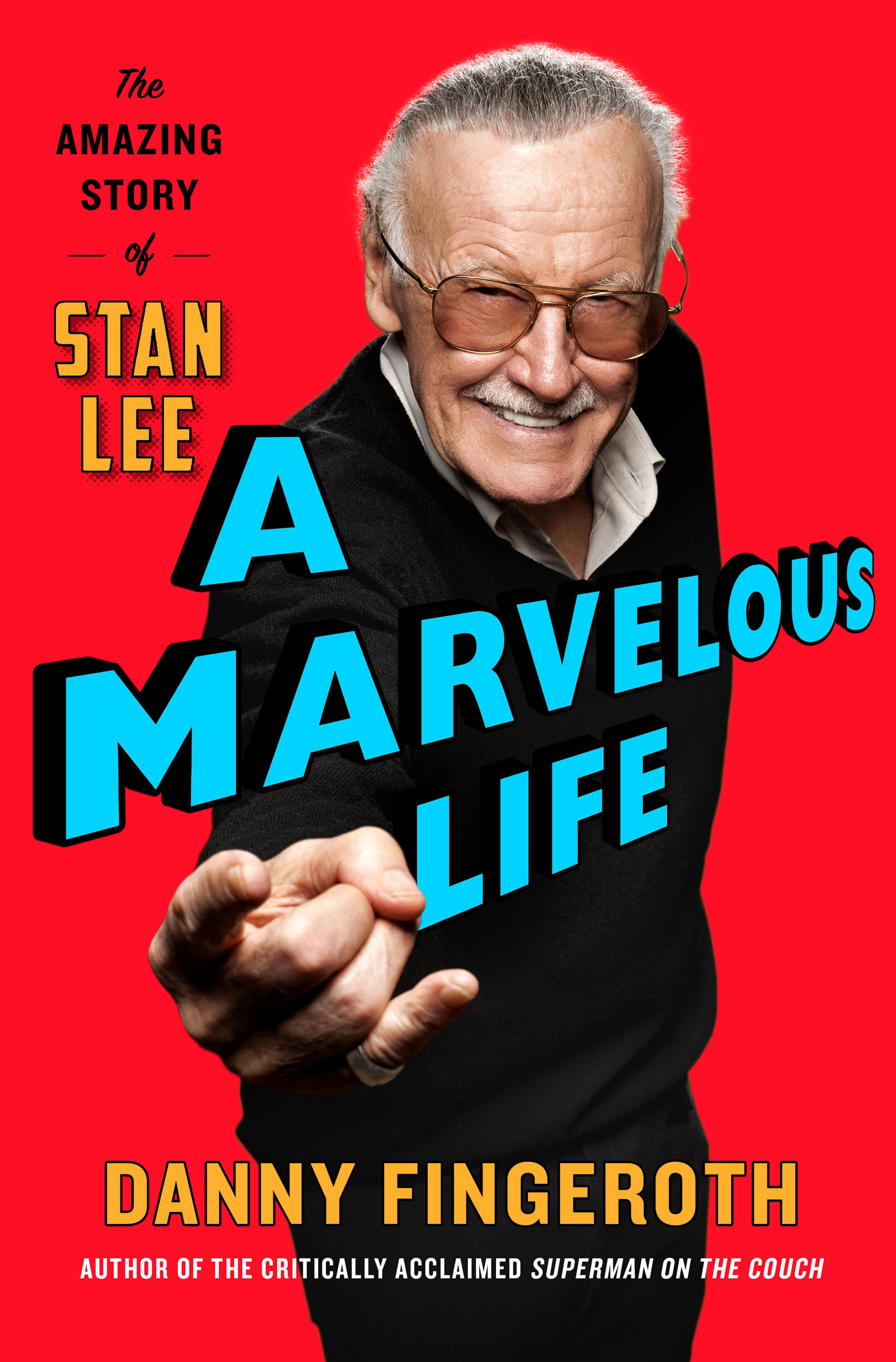

The author and publisher have provided this e-book to you for your personal use only. You may not make this e-book publicly available in any way. Copyright infringement is against the law. If you believe the copy of this e-book you are reading infringes on the authors copyright, please notify the publisher at: us.macmillanusa.com/piracy.
For Varda.
Thanks for the marvelous life.
If you ask most culturally aware people to name their top three comic book creators, they will likely respond: Stan Lee.
And then they will stop. Thats the only comic book creator most people know.
Those same people could probably name ten film directors or novelists. Maybe even ten painters. But comic book creators? One: Stan Lee.
Which is strange, for any number of reasons.
For starters, Lee was a comic book (or, as he preferred to spell it, comicbook) writer, editor, art director, publisher, and executive. However, despite the very visual nature of comics, Lee did not draw professionally (although he was a more-than-decent doodler). He was not a comic book artist.
Also, while the characters he was involved with have become some of the most popular and lucrative entertainment franchises of all timeSpider-Man, the Avengers, the X-Men, to name just a fewLee did not design the characters or draw their adventures. He needed artists to do that, and he collaborated with incredibly gifted ones to create Marvels most famous superheroes.
Lees two most significant collaborators were Jack Kirby and Steve Ditko. You would think that, as the men who partnered with Lee to breathe life into the characters and their adventures, they would be as world-famous as Lee, wouldnt you? But they arent.
Beyond that, logic would seem to dictate that, since Lee was associated with Marvel (which had previously been known as Timely and Atlas) for more than seventy-five years, he must have been one of the companys owners; that every time a ticket for a Marvel movie was sold, some fraction of it must have gone to him.
That, however, is not true. Lee was always an employee of the companya well-paid one, to be surebut one who owned no percentage of any of the characters he worked on there.
And yet Lee became the voice and face not just of Marvel Comics but eventually, whether he intended to or not, of COMICS in general.
This fame was based, originally, on the long stream of success that Marvels comics had from 1961 to 1970, when its most famous characters were created, when Marvel was part of the cultural conversationalong with James Bond, Kurt Vonnegut, Betty Friedan, Mickey Mantle, Muhammad Ali, and the Beatles. Thats ten years in a life that lasted more than ninety-five and a career that went for almost eighty.
So the questions arise: What in his early life and in the first twenty years of his career enabled this popular culture explosion? And after youve exploded the culturehow do you follow that up?
Lees was a classic American success story. A Greatest Generation child of impoverished Jewish immigrants, Lee, born in 1922, made his way through the Great Depression, served in the army in World War II, and found his way into comics, a universally derided medium where con men and gangsters battled for literal nickels and dimes.
Gifted with an engaging, charismatic personality, high intelligence, and a wide creative streak, Lee rose to become the editorial director of Timely/Atlas/Marvel, which, in the 40s and 50s, was one of the highest-volume producers of comic books in the country. He was making a respectable, middle-class living, and had a wife and daughter and a home in the suburbs.
But being the top editorial dog in a business that was ignored at bestand reviled at worstby anyone over fourteen was a mixed blessing.
He didnt receive the respect of, say, a lawyer or possess the glamour of an advertising or movie executive. He had vague notions of wanting to write a novel or do something that would be noticedlike his cousin, movie director Mel Stuart (Willy Wonka), or his high school classmate, playwright and screenwriter Paddy Chayefsky (Marty)but he was stuck in the comfortable rut of a fairly interesting job that paid well.
Then, in 1961, as he was approaching forty, already a twenty-year veteran in the comics business, Stan Lees life became a classic American midlife crisis story.
Bored but comfortable, glad to have survived a recent downturn in the comics business, Lee (and cocreators Kirby and Ditko) came up with a new, relatively more realistic approach to superhero comics that caught on with readers. These new heroes would behave more like you or I would if we had superpowers. They might try to do the right thing, but their all-too-human frailties would regularly get in the way.
Lee used the name Marvel to brand the comics. Of course, he had no idea if the popularity of what Marvel was doing would be lasting or be just another short-lived pop culture fad like the Hula-Hoop.
Thats where I came in.
I was a boomer kid who fell under the spell of 60s Marvel. I had been reading comics and had heard about Fantastic Four, the first modern Marvel comic. I found the fourth issue, which featured the return of some character called the Sub-Mariner, who Id never heard of but who Lee, in the issue, convinced me was urgently important.
I was immediately hooked, not just on the comics and the characters but on the people writing and drawing them, as well. After all, Stan Lee made a point of telling us just how special they (including he) wereand how special we were for just reading the comics! I was totally immersed in the inside news, gossip, and wisecracks found in the comics letters page responses and Bullpen Bulletins that Lee wrote.
And I loved visiting withor was it being visited by?the literary creation, found in those pages, known as Stan Lee. Sure, I worshipped Jack Kirby and Steve Ditko, but it was clear that Stan Lee was the one whose supervision held it all together. Some combination of the Lee-overseen comics words and pictures and colorsand even the adsmade up an imaginary world that I loved.
It was a world that, after abandoning it for a while, I returned to, getting a job shortly after graduating college as an assistant editor in an obscure Marvel department. I figured Id be there just a few months, but the business proved a good fit, and comicsthis hobby Id had, starting when I was six years oldbecame my career. I wrote many stories for the company and came to be the editorial director of its Spider-Man division. (Spider-Man had grown to be a company within a company, with some twenty titles related to the character coming out each month.)
I worked at Marvel for eighteen years as a writer and editor. (Sometimes I was Stan Lees editor. That was weird.) So I have some understanding of what it was like to walk in his shoes. In addition, in the course of those years and in the decades since, Ive had many conversations, both formalnumerous interviews with him, including new ones for this bookand informalchatting over a mealwith Lee. Ive tried to bring whatever unique observations I can, from that insiders point of view, to this book.
Needless to say, while Marvels comics and their media adaptations have gone through numerous ups and downs over the decades, Marvel has proven to be much more than a short-lived fad and has come to dominate popular culture, making Lee more well known than ever.
Font size:
Interval:
Bookmark:
Similar books «Marvelous Life: The Amazing Story of Stan Lee»
Look at similar books to Marvelous Life: The Amazing Story of Stan Lee. We have selected literature similar in name and meaning in the hope of providing readers with more options to find new, interesting, not yet read works.
Discussion, reviews of the book Marvelous Life: The Amazing Story of Stan Lee and just readers' own opinions. Leave your comments, write what you think about the work, its meaning or the main characters. Specify what exactly you liked and what you didn't like, and why you think so.


